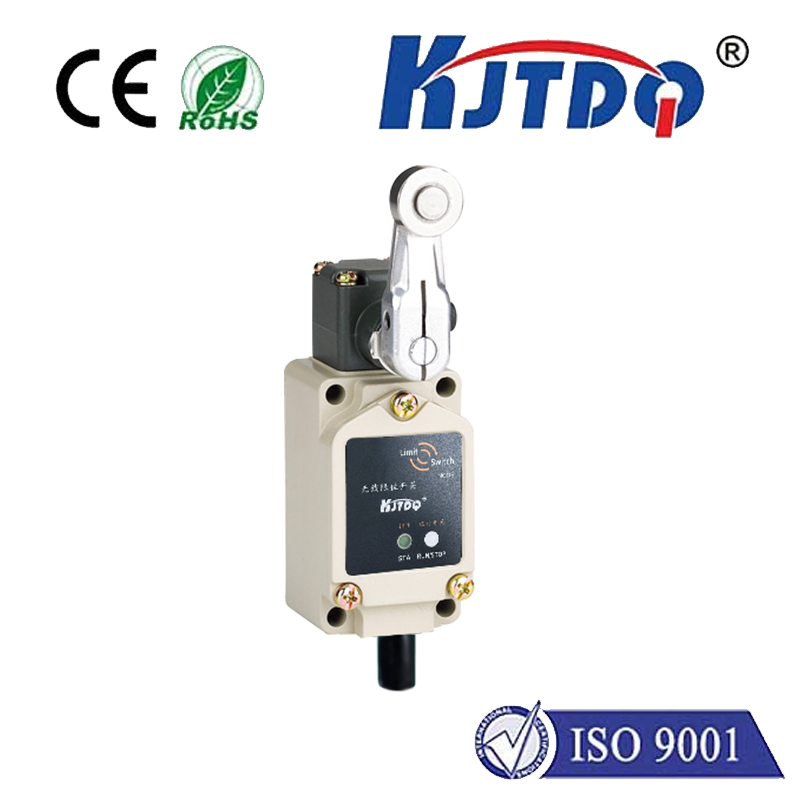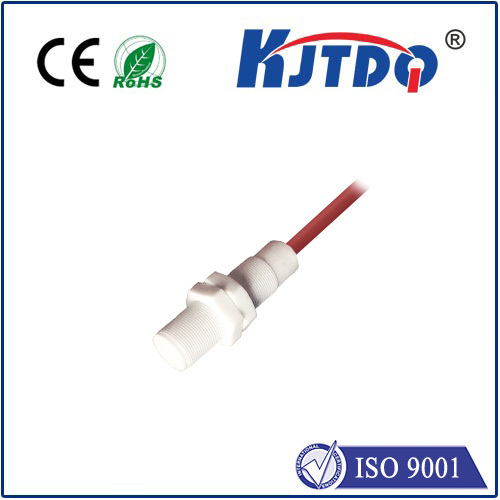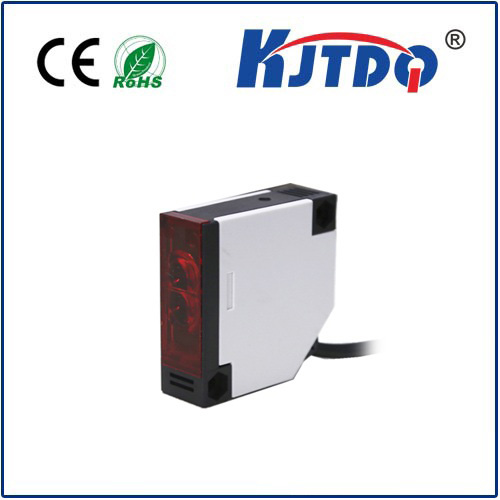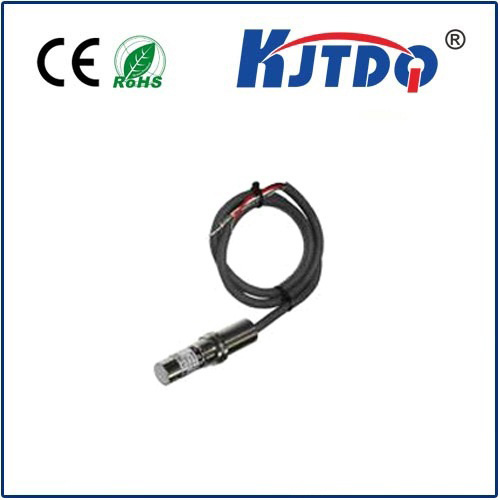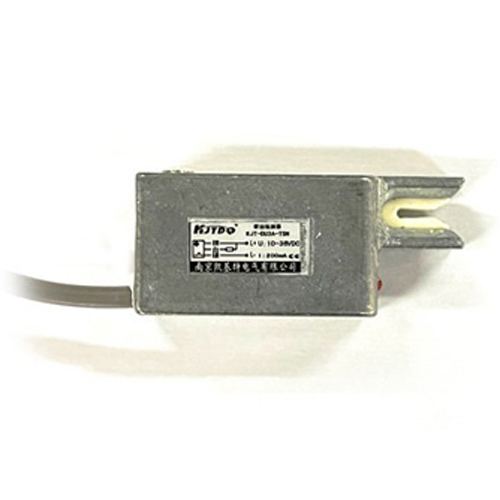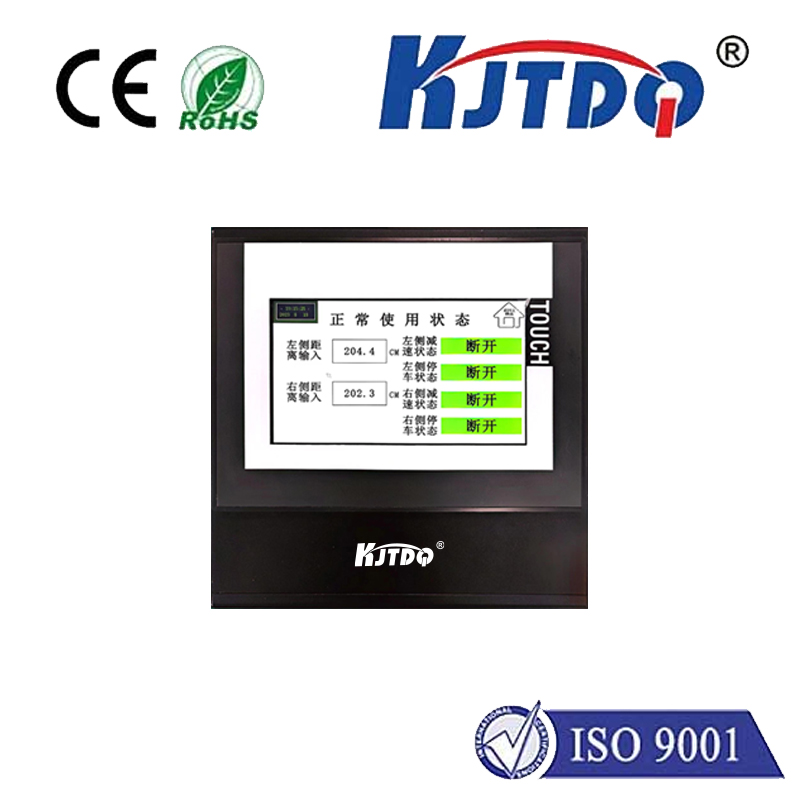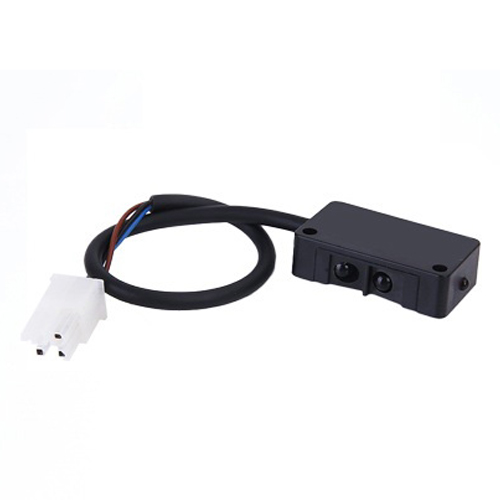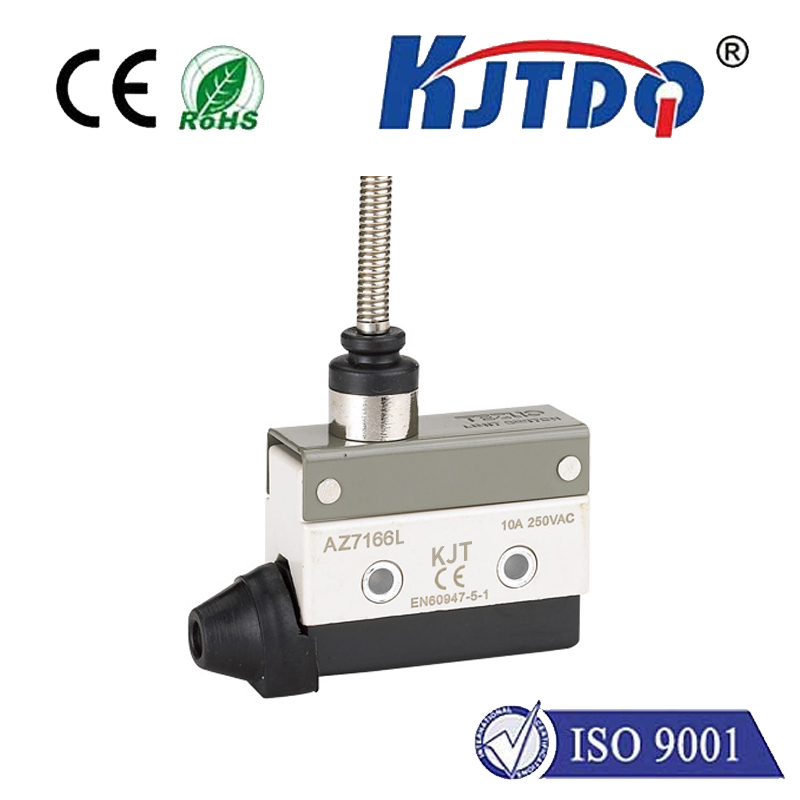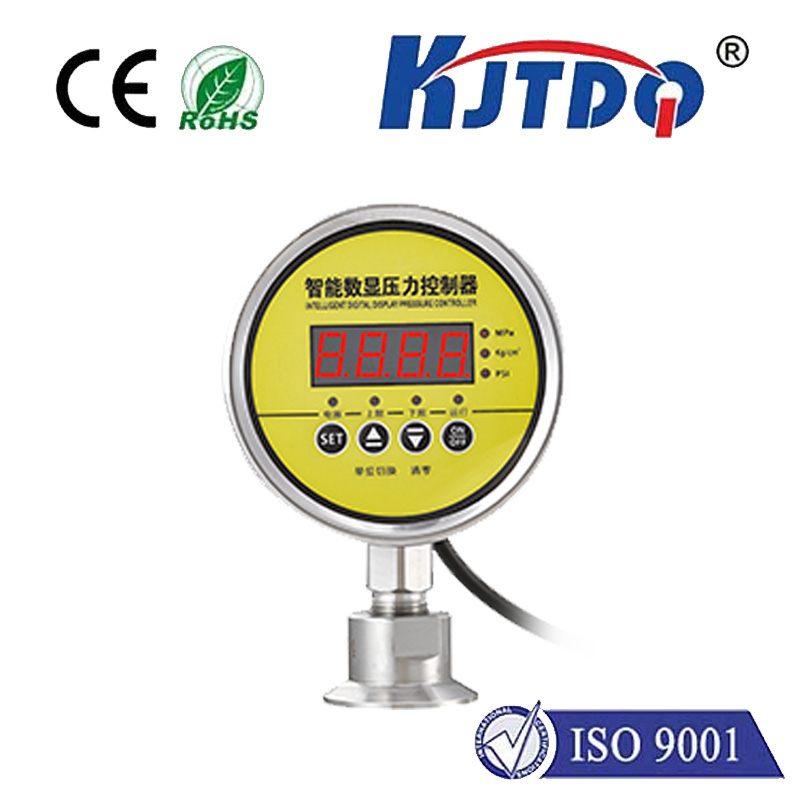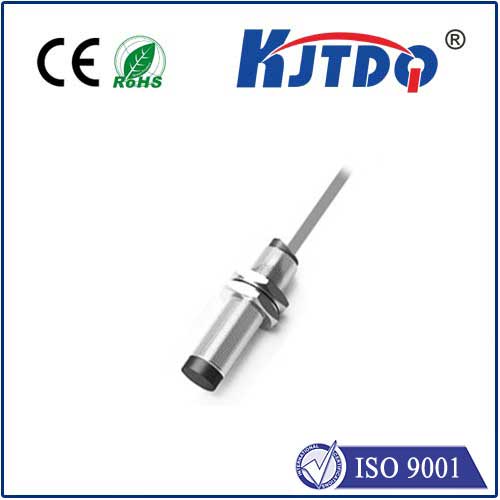BES0228 high pressure proximity sensor
- time:2025-10-16 13:47:26
- Click:0
BES0228 High Pressure Proximity Sensor: Unlocking Reliability in Demanding Industrial Environments
Imagine a critical hydraulic system powering a massive press. Sudden pressure spikes are a constant threat, potentially damaging components and halting production. Traditional sensors might falter under this relentless assault, leading to downtime and costly repairs. This is where precision engineering like the BES0228 High Pressure Proximity Sensor becomes indispensable. Designed specifically for harsh, pressure-intensive applications, this sensor represents a leap forward in ensuring operational stability where it matters most.
Understanding the Core Challenge: Proximity Sensing Under Pressure
Proximity sensors are ubiquitous in industrial automation, detecting the presence or absence of objects without physical contact, typically using electromagnetic fields (inductive sensors), light (photoelectric), or sound (ultrasonic). Their core function is vital: triggering actions, confirming positions, counting items, or safeguarding machinery. However, standard proximity sensors often face limitations in environments characterized by extremely high fluid pressures – found in hydraulic systems, high-pressure water jetting, deep-sea equipment, heavy-duty presses, or certain chemical processing stages.
Excessive pressure can compromise sensor integrity in several ways:
- Physical Deformation: Sensor housings or sensing faces can distort, altering detection characteristics or causing failure.
- Seal Failure: Pressurized media can breach internal seals, damaging sensitive electronic components.
- Signal Degradation: Pressure fluctuations can affect sensing fields, leading to unreliable or intermittent signals.
- Premature Wear: Constant high-pressure exposure accelerates material fatigue and component wear.
Enter the BES0228: Engineered for the Extremes

The BES0228 High Pressure Proximity Sensor is explicitly designed to overcome these formidable challenges. Let’s delve into what sets it apart:
- Robust, Pressure-Resistant Housing: Constructed from high-strength materials like stainless steel or specialized engineering plastics, the BES0228’s housing is engineered to withstand sustained high-pressure environments without deformation or compromise. Its structural integrity is paramount to its function.
- Superior Sealing Technology: Utilizing advanced sealing methods (like multiple O-rings, specific elastomers, or specialized potting compounds), the BES0228 achieves exceptional IP (Ingress Protection) ratings often reaching IP67, IP68, or even IP69K. This ensures reliable protection against ingress of pressurized fluids, dust, and contaminants.
- Optimized Sensing Performance: While adhering to standard proximity sensing principles (often inductive for metallic targets), the BES0228 is engineered to maintain signal stability and accuracy even when subjected to the physical stresses and potential electromagnetic influences present in high-pressure zones.
- Wide Pressure Tolerance: This is its defining characteristic. The BES0228 specification details its maximum operating pressure rating, significantly exceeding that of standard sensors – potentially reaching hundreds or even thousands of Bar (or PSI), depending on the exact model variant and configuration.
- Reliability and Longevity: By mitigating pressure-induced failure modes, the BES0228 delivers extended service life and significantly reduces downtime in critical applications. Its predictable performance translates to lower total cost of ownership.
Where the BES0228 Truly Shines: Key Applications
This sensor isn’t just robust; it’s a crucial component enabling safe and efficient operations in demanding sectors:
- Hydraulic Power Units & Cylinders: Monitoring cylinder end positions, valve spool detection, and confirming component presence within high-pressure hydraulic circuits. Ensuring correct sequencing and preventing over-travel or collisions.
- High-Pressure Pumps & Valves: Detecting valve position or pump component status in systems generating immense pressure for water jet cutting, hydroforming, or pressure testing.
- Offshore & Subsea Equipment: Providing reliable position feedback on remotely operated vehicles (ROVs), drilling equipment, and valve actuators operating under extreme water pressure depths. The BES0228’s resilience is critical here.
- Industrial Presses & Forging Machinery: Monitoring dies, platens, or rams in environments experiencing intense pressure loads during manufacturing processes. Safety and precision are non-negotiable.
- Heavy Construction & Agricultural Machinery: Used in hydraulic arms, booms, and implements where high pressures are routine, requiring dependable sensor feedback for control and safety systems.
- Specialized Test Benches: Verifying component presence or position during high-pressure testing scenarios where standard sensors would fail.
Key Technical Considerations (Emphasizing the “High Pressure” Aspect)
When integrating a BES0228 high pressure proximity sensor, specific factors demand attention:
- Pressure Rating Confirmation: Always verify the sensor’s actual maximum rated pressure (e.g., 400 Bar, 6000 PSI) against your application’s maximum operating pressure, including potential surge or peak pressures. Never exceed the sensor’s specified limits.
- Media Compatibility: Ensure the sensor housing and seals are chemically compatible with the fluid (oil, water, coolant, chemicals) present in the high-pressure environment.
- Temperature Range: High-pressure environments can also involve elevated temperatures. Confirm the BES0228’s operating temperature range suits your application.
- Mounting and Sealing: Follow manufacturer guidelines meticulously for installation. Proper mounting torque and ensuring sealing surfaces are clean and undamaged are critical to prevent leaks and maintain pressure integrity. Using the correct sealing method (radial seal, face seal) is vital.
- Electrical Specifications: Standard considerations like operating voltage (e.g., 10-30V DC), output type (PNP/NPN, NO/NC), cable type, and connection method apply, just as with any proximity sensor. Choose the variant that fits your control system.
Beyond the Spec Sheet: The Value Proposition
Choosing a BES0228 high pressure proximity sensor goes beyond selecting a component; it’s an investment in:
- Enhanced System Reliability: Minimizing sensor failures directly translates to increased machine uptime and production throughput. Fewer unplanned stoppages mean significant cost savings.
- Improved Safety: Reliable detection in critical pressure systems is fundamental to preventing hazardous situations like component overloading or uncontrolled movements.
- Reduced Maintenance Costs: The sensor’s durability decreases replacement frequency and associated labor costs.
- Operational Confidence: Knowing your sensing solution can handle the pressure provides peace of mind for engineers and operators managing complex, high-stakes industrial processes.
Conclusion
In the relentless world of heavy industry, where pressure isn’t just a condition but a defining characteristic, standard components often fall short. The BES0228 High Pressure Proximity Sensor stands as a testament to purpose-driven engineering. By delivering unwavering reliability and precision in environments that would incapacitate lesser sensors, it empowers industries to push boundaries, optimize performance, and maintain the highest standards of safety and efficiency. When your application demands sensing under significant pressure, specifying a sensor engineered for that challenge, like the BES0228, isn’t just advisable – it’s essential for sustainable success. Its resilience is the bedrock of predictable performance where pressure is the norm.






